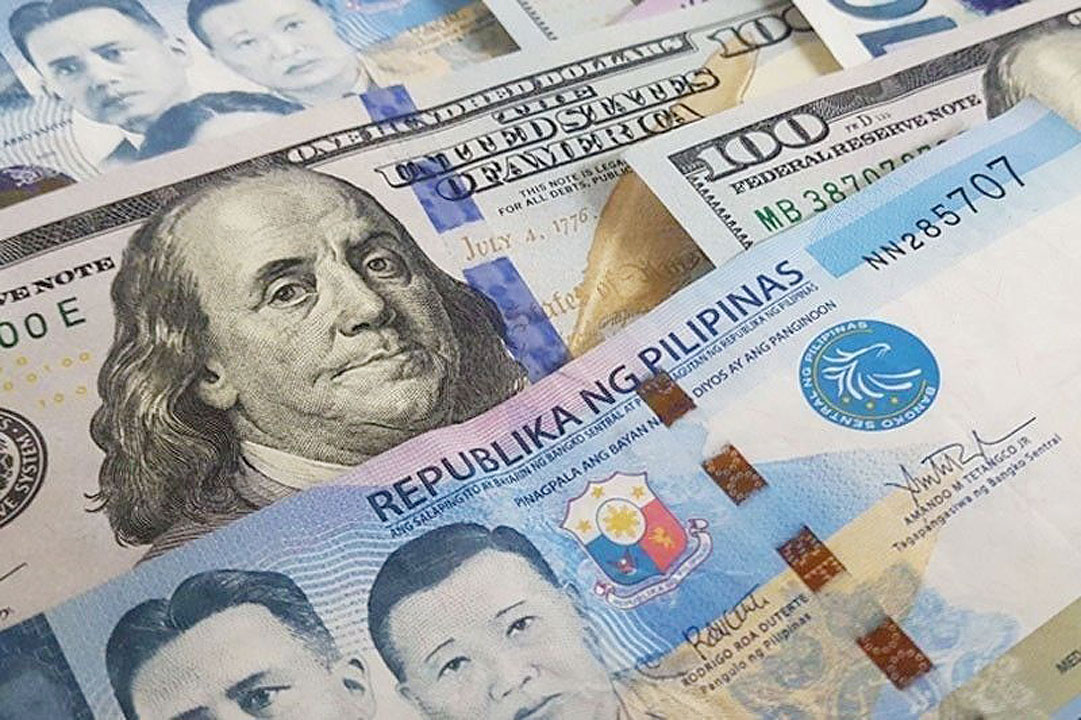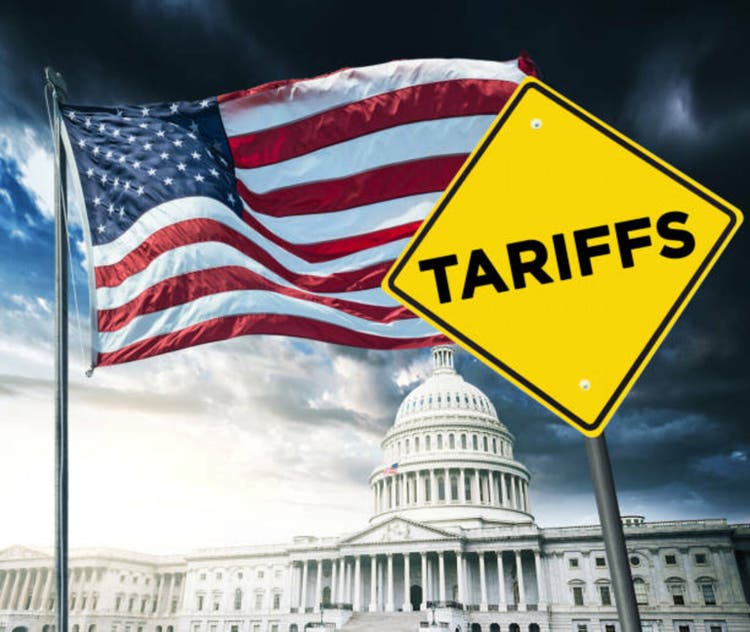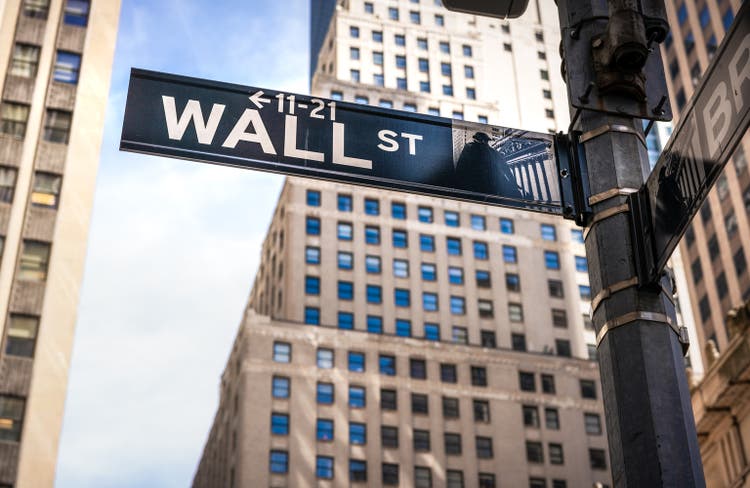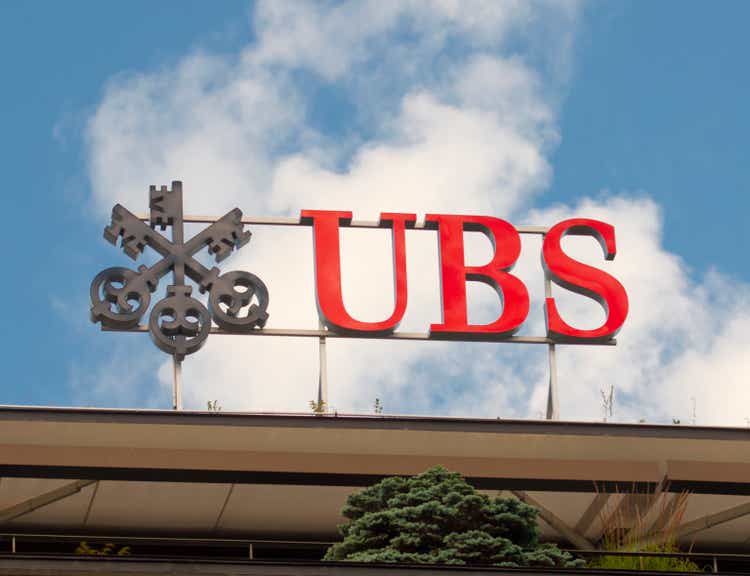 BW FILE PHOTO
BW FILE PHOTOTHE PESO weakened against the dollar on Wednesday after US President Donald J. Trump said he would announce higher tariff rates on more countries as well as levies on other goods such as copper, semiconductors and pharmaceuticals.
The local unit closed at P56.57 per dollar, dropping by 22 centavos from its P56.35 finish on Tuesday, Bankers Association of the Philippines data showed.
The peso opened Wednesday’s session weaker at P56.55 against the dollar. Its worst showing was at P56.625, while its intraday best was at P56.48 versus the greenback.
Dollars exchanged dropped to $1.39 billion on Wednesday from $1.67 billion on Tuesday.
“The dollar-peso closed higher on renewed tariff threats from the US. The market is also awaiting the release of FOMC (Federal Open Market Committee) minutes tonight,” a trader said by phone. “There was also some profit taking when it (the peso) breached P56.60.”
The local unit was also dragged by higher global crude oil prices overnight amid renewed geopolitical concerns, Rizal Commercial Banking Corp. Chief Economist Michael L. Ricafort said in a Viber message.
For Thursday, the trader expects the peso to move between P56.40 and P56.80 per dollar, while Mr. Ricafort sees it ranging from P56.45 to P56.70.
The dollar strengthened to a more than two-week high against the yen on Wednesday as US President Donald J. Trump pledged more trade-related proclamations after announcing 25% tariffs on Japan and other trade partners, Reuters reported.
The greenback advanced against major peers on Tuesday after Mr. Trump’s latest threats of tariffs that are now due to start on Aug. 1, although he later said he was open to extensions if countries made proposals.
Mr. Trump said on social media that there would be announcements on Wednesday regarding “a minimum of 7 countries having to do with trade,” without specifying any details.
He also threatened a 50% tariff on imported copper and said he would soon introduce long-threatened levies on semiconductors and pharmaceuticals.
Despite recent gains, the dollar index, which measures the greenback against six major peers, is still down more than 6% since Mr. Trump on April 2 unveiled his sweeping “Liberation Day” reciprocal tariffs, which prompted a sell-off in markets but were later mostly postponed to give time to negotiate bilateral trade deals.
The dollar firmed 0.1% to 146.75 yen after touching 147.19 and has gained 1.5% so far this week — the greenback’s biggest weekly rise since mid-December.
Export-dependent Japan stands out among major US trading partners as being the farthest from a deal, and its currency has taken a beating as time runs out. Multiple rounds of talks have failed to result in a breakthrough, and Japanese policymakers are increasingly focused on a critical upcoming election.
The dollar index was flat at 97.60.
Oil prices edged back from Tuesday’s two-week highs. Brent crude futures were down 22 cents at $69.93 a barrel and US West Texas Intermediate crude fell 23 cents to $68.10 a barrel. — A.M.C. Sy with Reuters

 4 hours ago
1
4 hours ago
1



















 English (US) ·
English (US) ·